Imagine a world without sunlight, buried under miles of rock, where temperatures soar and pressures crush. Now, imagine that this world teems with life — unseen, unheralded, and astonishingly resilient. This is not science fiction, but the mysterious realm of the deep biosphere: a hidden universe where microbes not only survive, but flourish, rewriting the very rules of life as we know it. Their existence shakes our understanding of biology, geology, and the sheer tenacity of living things. What secrets do these subterranean dwellers hold, and what can they teach us about life on Earth — and beyond?
A Hidden World Beneath Our Feet
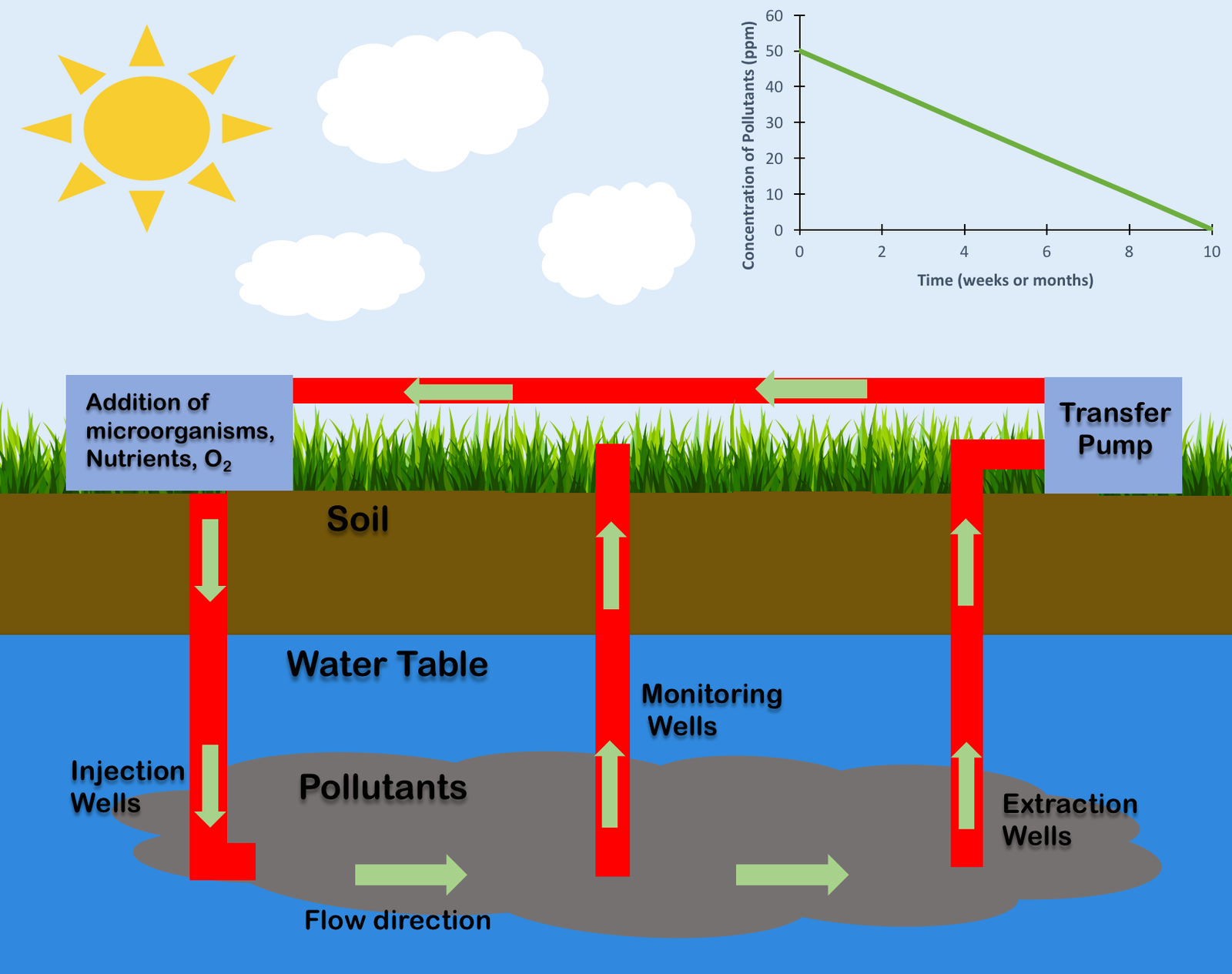
Beneath the surface of our planet, far deeper than roots of the tallest trees, lies a vast and largely unexplored ecosystem. The deep biosphere stretches from a few meters below ground to several kilometers down, making it one of the largest habitats on Earth by volume. Unlike the bustling life above, this world is eerily quiet, dark, and seemingly inhospitable. Yet, scientists estimate that the biomass of microbes living below the Earth’s surface rivals or even exceeds that found in the oceans. These organisms inhabit cracks in rocks, pockets of water, and even the mineral grains themselves, forming a living web that is hidden from view.
Meet the Deep Dwellers: Who Lives Down There?
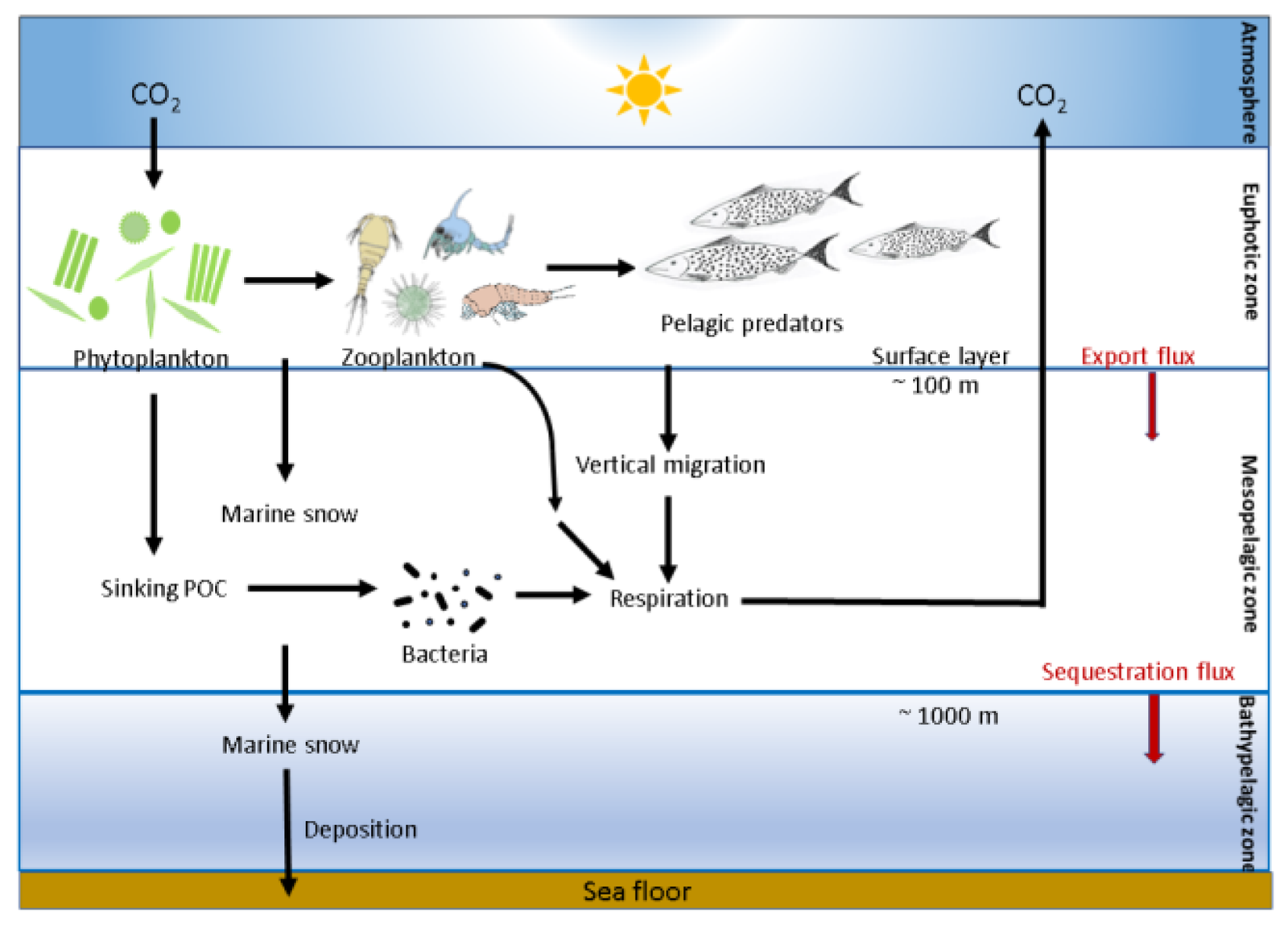
The inhabitants of the deep biosphere are primarily microbes — bacteria, archaea, and some fungi — each uniquely adapted to the extreme conditions below. Many of these microorganisms have never been seen before and belong to completely new branches of the tree of life. These deep dwellers are often slow-growing, sometimes taking thousands of years to divide, yet they remain astonishingly persistent. Some have been found in sediments that are millions of years old, surviving on energy sources that would be unimaginable for surface life. Their diversity is so great that every drilling expedition uncovers new surprises, challenging what we thought we knew about life’s limits.
Extreme Conditions: Heat, Pressure, and Isolation
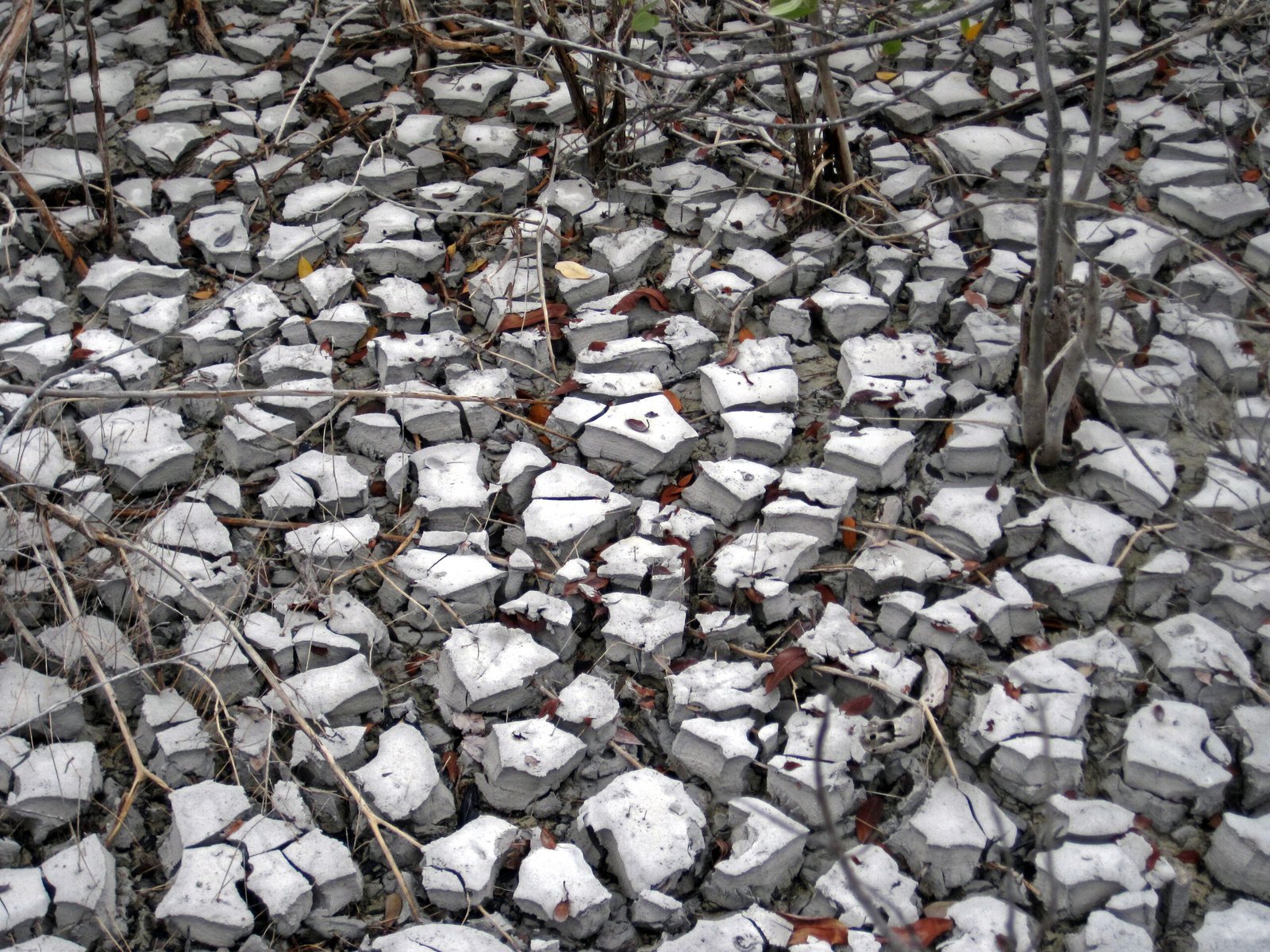
Life in the deep biosphere is nothing short of miraculous. Temperatures can soar to over 120 degrees Celsius, crushing pressures build with every meter of depth, and oxygen is often scarce or completely absent. Radiation from surrounding rocks adds another layer of challenge. To survive, microbes have evolved extraordinary strategies: some use heat-resistant proteins, while others alter their cell walls to withstand immense pressure. Many live in complete isolation from the surface, relying only on chemical reactions with rocks and water to sustain themselves. Their resilience redefines what we consider “habitable” and hints at the possibility of life in even more extreme environments elsewhere in the universe.
Energy from the Rocks: Chemoautotrophy in Action
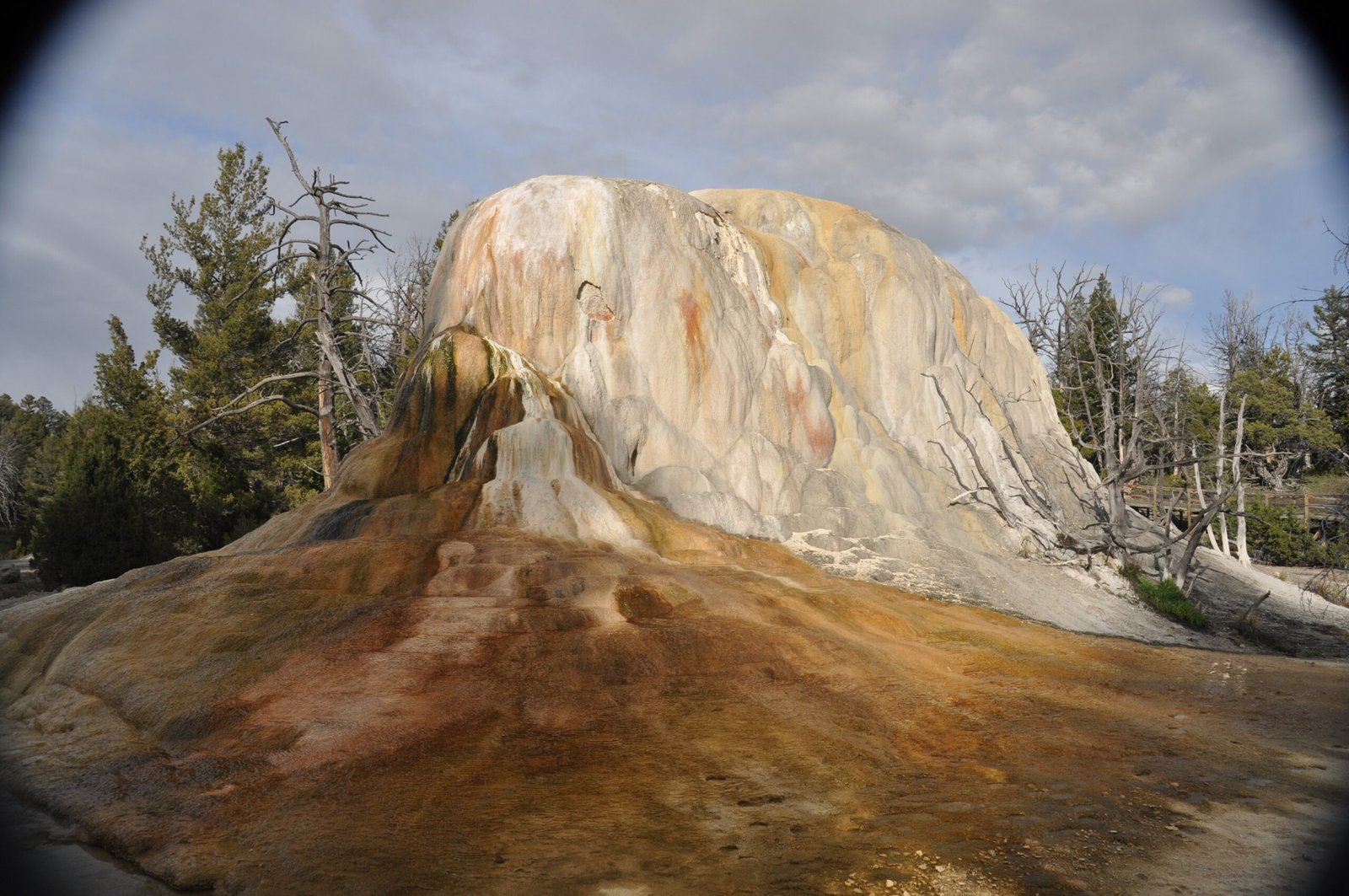
Without sunlight, deep biosphere microbes turn to alternative energy sources. Many practice chemoautotrophy, extracting energy from the chemical breakdown of rocks and minerals. For example, some bacteria can “eat” hydrogen or methane produced when water reacts with iron-rich rocks deep underground. Others derive energy from sulfur or even radioactive decay. This ability to survive without photosynthesis is both shocking and inspiring, as it demonstrates that life can thrive in complete darkness, provided there is a steady supply of chemical energy. It’s a reminder that life’s ingenuity knows no bounds.
Slow Motion Life: The Pace of Existence Deep Below

Time moves differently for deep biosphere microbes. With limited resources, many of these organisms live at a pace so slow it seems almost impossible. Some bacteria have doubling times that stretch to decades or even centuries, meaning a single cell might only divide once in an entire human lifetime. This slow-motion lifestyle allows them to persist in environments where nutrients are scarce and energy is precious. Despite their sluggishness, these microbes play a vital role in Earth’s biogeochemical cycles, slowly but steadily transforming the minerals and gases that flow through the planet’s crust.
Uncovering the Deep: How Scientists Explore the Subsurface
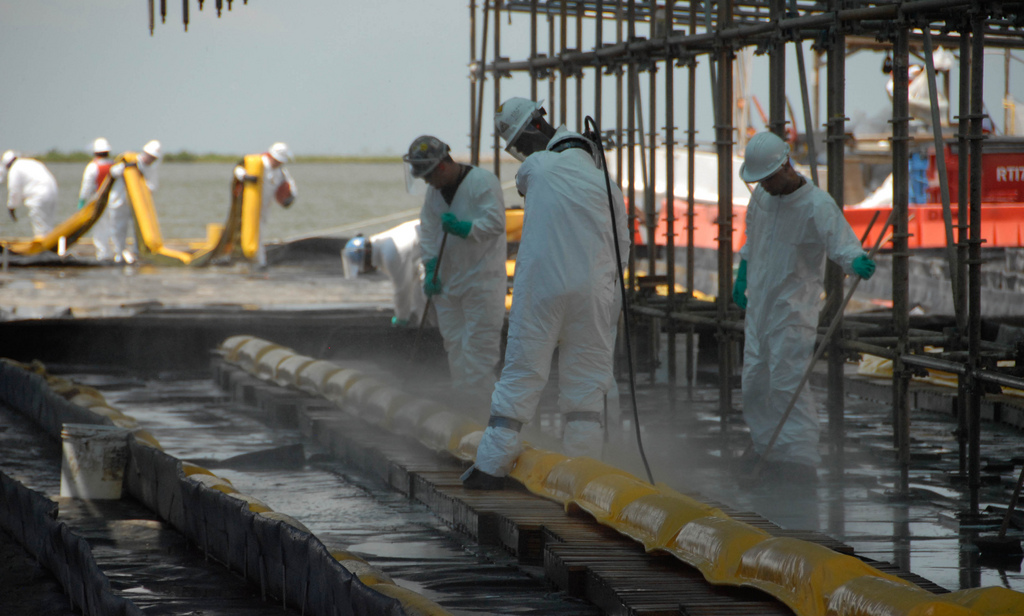
Exploring the deep biosphere is a formidable challenge. Scientists use deep drilling rigs to extract samples from kilometers below the surface, whether in continental crust or beneath the ocean floor. These operations require careful contamination controls to avoid mixing surface microbes with ancient subsurface communities. Once retrieved, samples are subjected to a variety of high-tech analyses, from DNA sequencing to chemical assays, revealing the astonishing diversity and metabolic capabilities of deep biosphere life. Despite the difficulties and high costs, each expedition uncovers new mysteries and expands the frontiers of microbiology.
Survival Strategies: Adaptation and Innovation
The deep biosphere is a hotbed of innovation when it comes to survival. Microbes here have evolved to repair their DNA quickly to cope with the constant assault of radiation and chemical stress. Many can enter dormant states for thousands, even millions, of years, waiting for better conditions to return. Some form protective spores, while others produce unique enzymes that allow them to digest tough minerals. These adaptations not only fascinate scientists, but also provide clues for developing new technologies, from industrial enzymes to novel antibiotics.
Impacts on Earth’s Geology and Chemistry
Far from being passive passengers, deep biosphere microbes actively shape the planet. By breaking down rocks and transforming minerals, they help recycle elements like carbon, sulfur, and nitrogen. Some species play a role in forming ore deposits or influencing oil and gas reservoirs, while others help detoxify naturally occurring radioactive materials. Their activities can even affect earthquake dynamics by altering the chemistry and fluid pressures in fault zones. The deep biosphere is a silent but powerful force, constantly sculpting the Earth from within.
Clues for Life Beyond Earth
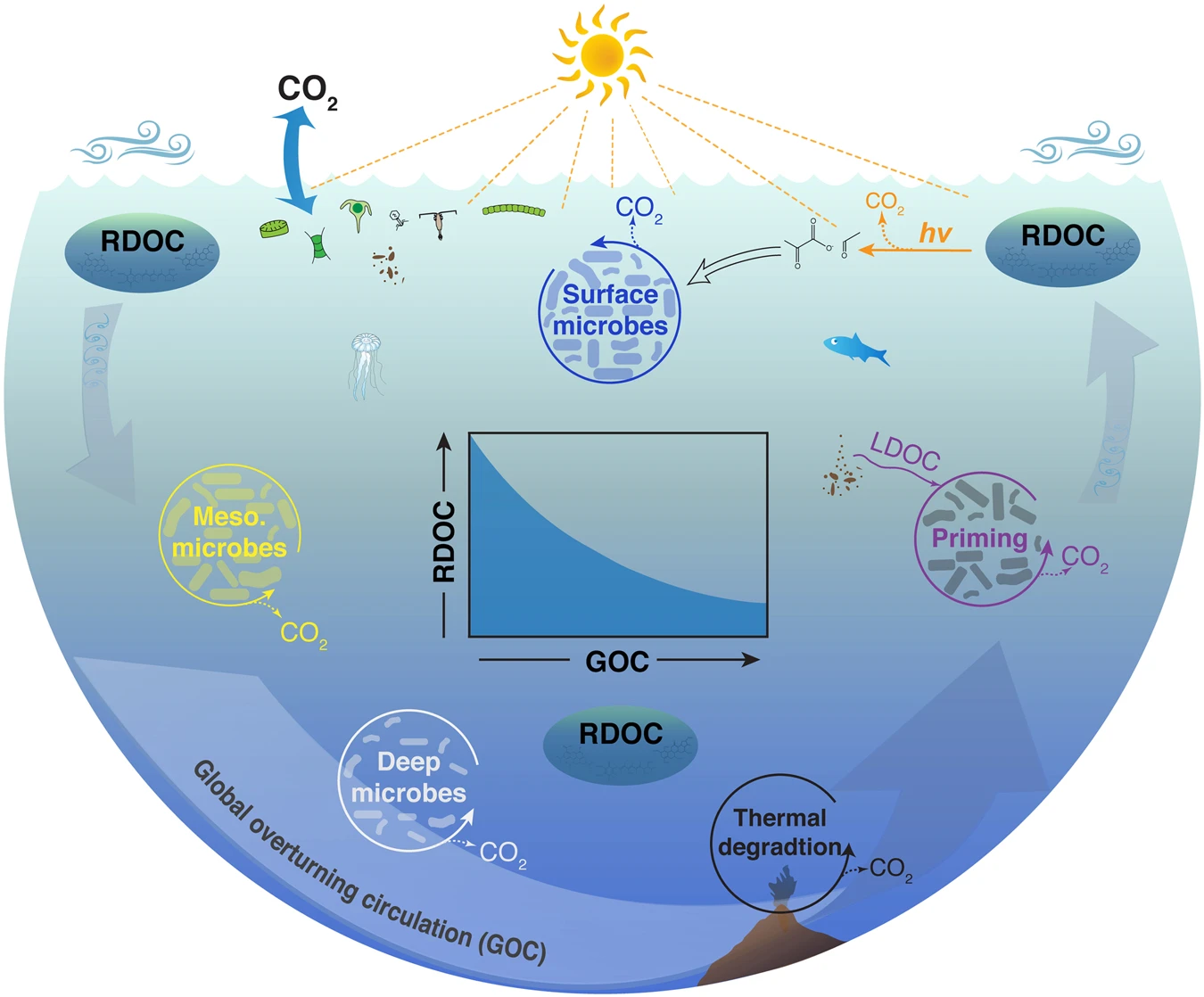
Perhaps the most thrilling implication of the deep biosphere is what it means for the search for extraterrestrial life. If microbes can survive kilometers below the Earth’s surface, it’s possible that similar life forms might exist on Mars, the icy moons of Jupiter and Saturn, or even deep beneath the crust of other planets. The energy strategies and resilience of deep biosphere microbes provide a blueprint for what life might look like in the most unlikely places. Every discovery below our feet becomes a beacon of hope in the cosmic search for company.
Technological and Medical Inspirations
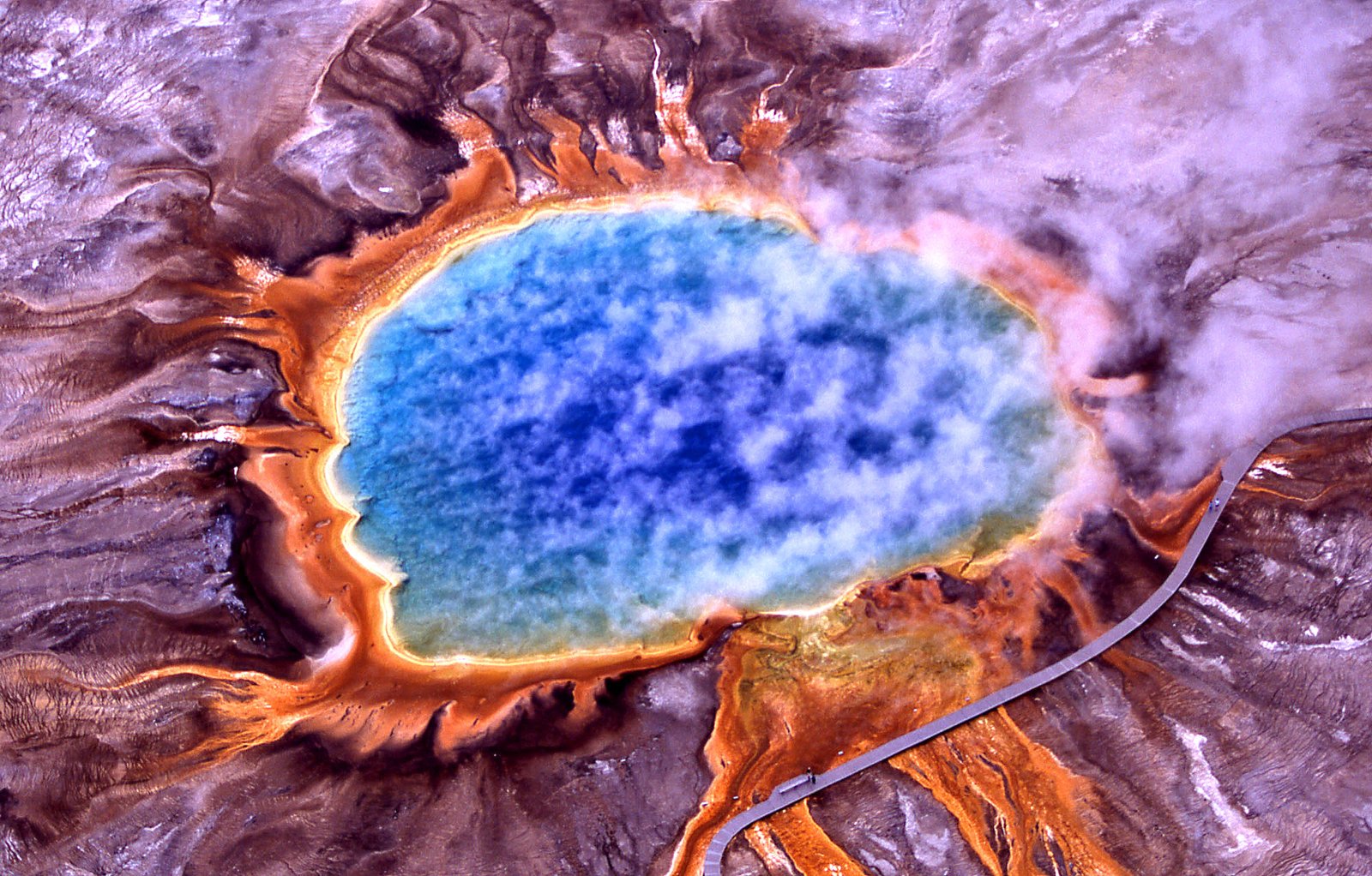
The unique adaptations of deep biosphere microbes are more than just scientific curiosities. Their enzymes, able to function under extreme conditions, are being harnessed for industrial processes like biofuel production and waste treatment. Some deep-dwelling bacteria produce compounds with potent antibiotic properties, offering hope in the fight against drug-resistant infections. As researchers continue to unlock the secrets of these microbial survivors, they open doors to new technologies and medical breakthroughs that could benefit humanity in unexpected ways.
The Future of Deep Biosphere Research
The deep biosphere remains one of the least understood frontiers on Earth. New technologies, such as autonomous drilling systems and advanced genetic sequencing, are making it possible to probe deeper and with less contamination than ever before. International collaborations are mapping out global subsurface ecosystems, while computer models are beginning to predict where the richest microbial communities might be found. As investment in this field grows, we can expect a wave of discoveries that will keep challenging our perceptions of life’s diversity and endurance.
Reflections on Life’s Resilience
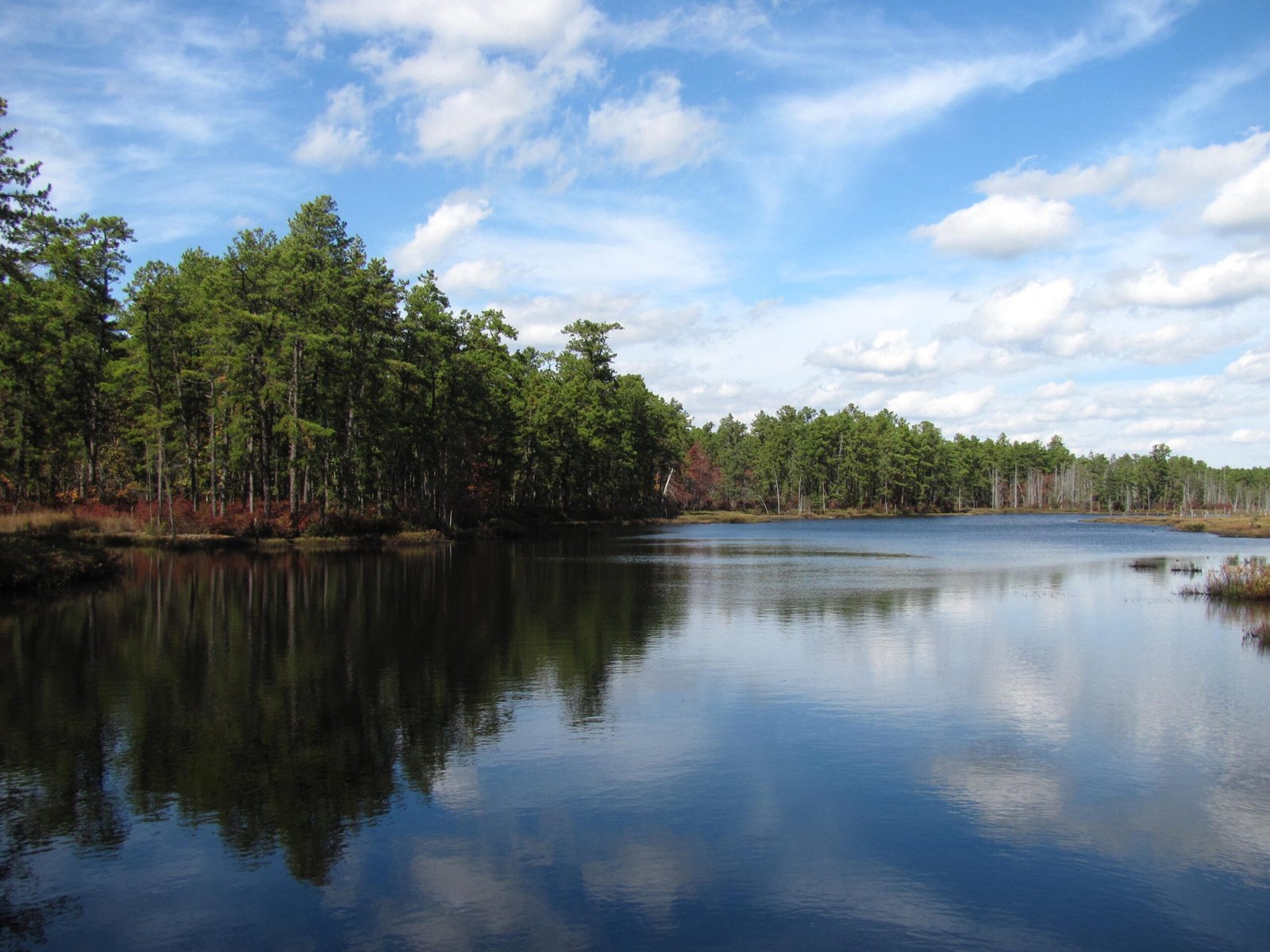
The story of the deep biosphere is a humbling reminder of life’s astonishing ability to adapt, persist, and even flourish in places we once thought impossible. These hidden microbial communities connect the surface world to the planet’s deep interior, influencing everything from climate to resource availability. They force us to reconsider what it means to be alive and where life might be found, both on Earth and beyond. The next time you look at the ground beneath your feet, remember: a whole unseen world might be thriving in the darkness below, patiently rewriting the limits of existence.



